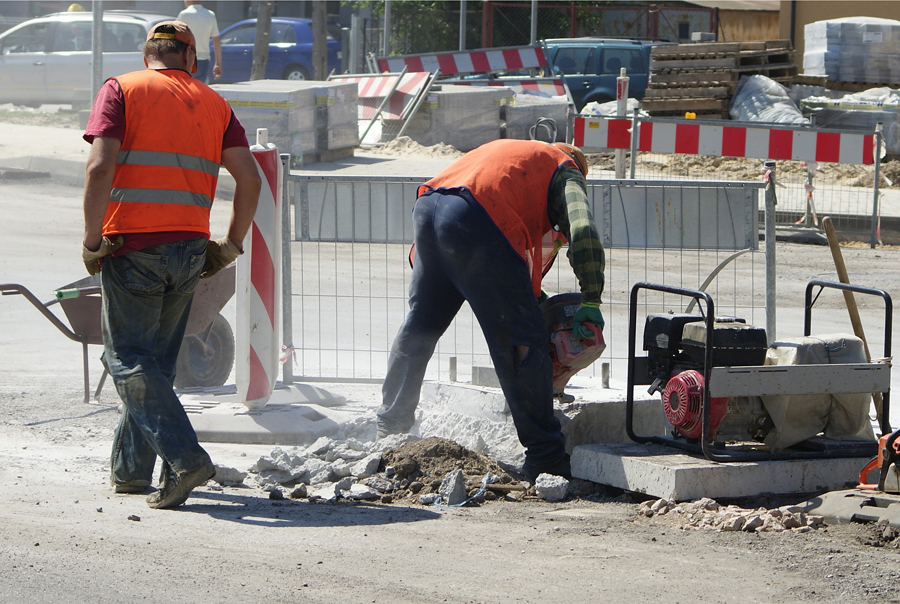Construction employment spiked in August, with 28,000 new jobs in the sector, accounting for almost 20% of all new jobs nationwide, the Labor Dept. reported.
The federal Bureau of Labor Statistics said in its latest monthly employment report, released on Sept. 1, that construction's jobless rate was 4.7%, down from 4.9 % in July. It was the best month for job gains in construction since February.
The BLS unemployment rates are not adjusted for seasonal differences.
Construction employment now totals 6.92 million after showing little change over the past five months. All categories edged up over July: Non-residential construction added 14,300 jobs; residential specialty-trade contractors inched up by 12,000; and heavy and civil engineering gained 6,600 workers.
"Demand for construction workers continues to expand, despite occasional contradictory information emerging from monthly statistics," said Anirban Basu, chief economist at the Associated Builders and Contractors. "Accordingly, construction firms are increasing their scramble rate for employees, driving up hourly compensation in the process. Leading indicators suggest that overall construction activity will continue to expand during the months ahead. Moreover, recent events in Texas and Louisiana imply that negative trends in non-residential construction spending will be reversed as rebuilding commences."
Overall, the economy added 156,000 jobs in August, BLS said, and the national unemployment rate stayed relatively stagnant at 4.4% in August, up slightly from 4.3% in July and steady with June's report of 4.4%.
"Data work in strange ways," Basu says. "In July, overall national job growth remained strong, while construction statistics sagged. One month later, the construction-jobs picture looks much brighter, while headline numbers for the broader economy appear a bit less benign."
On the flip side, though, is a decreasing pool of construction workers.
"It is no wonder that 70% of the respondents to the association's workforce survey released this week said they were having trouble filling a variety of hourly craft positions," says Ken Simonson, the chief economist for the Associated General Contractors of America. "Half or more of the 1,608 respondents said they were having trouble finding carpenters, bricklayers, electricians, concrete workers or plumbers. Some salaried positions—notably project managers and supervisors—are also hard to fill."
BLS said Hurricane Harvey had no discernible effect on the employment-unemployment data for August because the survey was taken mostly before the storm.
A separate report, released by the U.S. Commerce Dept. on Sept. 1, showed construction spending slowed in July to $1.21 trillion, a decrease of 0.6% from June but an increase of 1.8 % from the same period last year.
Basu notes that, while the two data sets are contradictory, the narrative suggests that construction activity is rising. "Anecdotally and in survey data, many non-residential construction firms continue to report healthy backlog and are looking forward to an active 2018," he says.



